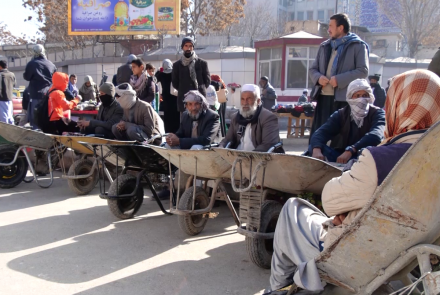A UN agency for the coordination of humanitarian affairs in a new assessment says that Afghanistan remains one of the world’s worst humanitarian crises where 28.3 million people will need humanitarian in the coming year.
“Afghanistan enters its third consecutive year of drought-like conditions and the second year of crippling economic decline,” the United Nations Office for Coordination of Humanitarian Affairs said. “It is estimated that a record 28.3 million people will need humanitarian and protection assistance in 2023, up from 24.4 million in 2022.”
The United Nations meanwhile on Thursday asked for $51 billion for needy people in 70 countries in 2023.
Martin Griffiths, a UN emergency relief coordinator, said that humanitarian needs are shockingly high in some countries.
“When you look at the issue of famine and there is a very complex details typical process existing with the famine, condition existing or not as you probably know, five countries already are experiencing what we called famine condition and which we confidently and unhappily say the people are dying,” Griffiths added.
Meanwhile, UNICEF said that the lives of over 8,000 children in Afghanistan are at risk due to food insecurity.
“In Afghanistan in comparison with the past children need more humanitarian aid and every day children face hangers,” said Ezatullah Akbari, Head of the Media Department of Human Rights Watch
The Ministry of Economy said that drought, climate change, and banking restrictions are the main reason for poverty in the country.
“Along with the drought and climate change in the country, the blocking of assets by some foreign countries and the closure of financial and banking systems are factors that have increased the level of poverty in the country,” said Abdul Rahman Habib, a spokesman for the Ministry of Economy.
GALLOP in a recent survey said that 90% of Afghans can hardly find income and work resources, and 86% of them are unable to find food.
“To improve the current situation in the first place, we need to distribute humanitarian aid in a short time through a transparent process,” said Darya Khan Baheer, an economic affairs analyst.



Comment this post